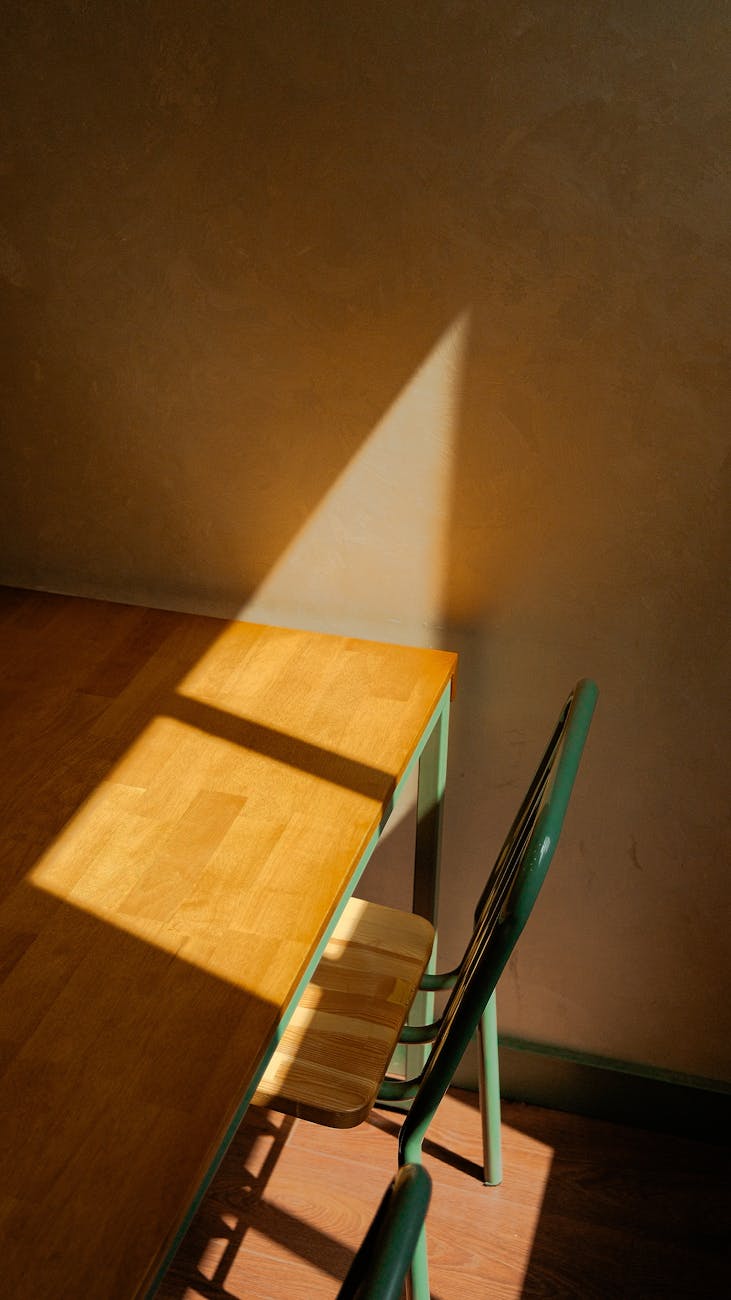
Termite Treatment Options
Finding termites in your wooden furniture can be distressing, but there are effective ways to tackle these pests. Whether you’re considering natural remedies or thinking about enlisting professional help, understanding your options will guide you to the right solution for your termite problem.
Natural Remedies
If you prefer to start with less invasive methods, there are natural remedies that can be effective against termites in wooden furniture.
-
Orange Oil: A natural termite killer, orange oil contains d-limonene, which is lethal to termites. Spraying orange oil directly onto affected areas or onto termites themselves can help reduce and eliminate the infestation. It’s an approach that’s not only natural but also leaves behind a pleasant citrus scent. For more on this method, visit orange oil termite treatment.
-
Wet Cardboard Trap: Termites are attracted to the cellulose in cardboard, especially when it’s damp. You can create a simple trap by wetting a piece of cardboard and placing it near the affected area. Once the termites gather on it, you can remove and burn the cardboard to kill the termites. This method can be effective for drawing termites out of hiding and can be used repeatedly. For a step-by-step guide, check out get rid of termites naturally.
Professional Help
When dealing with a significant infestation, or if natural remedies fail to resolve the issue, seeking professional help may be the best course of action.
-
Inspections: Professionals can provide thorough inspections and identify the extent of the termite damage, which might not be visible to the untrained eye. For information on what to expect during an inspection, look into signs of termite infestation.
-
Extermination: In cases of severe infestations, exterminators can utilize more potent methods that are often more effective and faster at eliminating termites than DIY solutions. Learn more about when to call in the experts at drywood termites elimination.
-
Expertise: Pest control technicians have access to tools and treatments not available to the public. Their knowledge allows them to select the most effective treatment while minimizing harm to your home and health. For advice on selecting a pest control service, read reliable termite control company.
Remember, termites can cause significant structural damage if left untreated, so it’s crucial to act quickly. Whether you start with natural solutions or go straight to professional services, addressing the problem promptly will help ensure your furniture—and your home—remains intact.
Preventing Termite Infestations
Protecting your precious wooden furniture from termites involves proactive measures. Here are some effective strategies to keep these wood-hungry pests at bay.
Aloe Vera Application
One unconventional but effective method for deterring termites is to apply aloe vera to your wooden furniture. The gel from an aloe vera plant can act as a barrier against termites. To create this natural deterrent:
- Extract the gel from an aloe vera leaf.
- Mix the gel with water to create a solution.
- Apply the solution to the wooden surfaces.
This application creates an unfavorable environment for termites in wooden furniture and can be a part of your routine maintenance to prevent termite infestations.
Termite-Resistant Polish
Investing in termite-resistant polish is another layer of defense for your wooden furnishings. Applying this specialized polish forms a protective coating that termites are less likely to penetrate. When selecting a polish, ensure it specifies termite-resistant properties and follow the application instructions for the best results.
Orange Oil Spray
An orange oil spray is a natural and aromatic way to discourage termites. Orange oil contains D-limonene, which is lethal to termites on contact. To use:
- Purchase or make your own orange oil spray.
- Apply it to areas where termites are likely to access your furniture.
This method is not only effective but also leaves a pleasant scent and is part of organic termite treatment options.
Diatomaceous Earth Barrier
Diatomaceous earth is a fine powder made from the fossilized remains of tiny aquatic organisms called diatoms. It can be used to create a barrier that is abrasive and dehydrating to termites. To apply diatomaceous earth:
- Sprinkle a thin layer of diatomaceous earth around your wooden furniture.
- Reapply periodically, especially after cleaning or dusting.
This method is a non-toxic option and is especially useful for those concerned about child and pet safety with termite treatments.
Painting Wooden Furniture
As a more permanent solution, painting your wooden furniture can seal the wood and create a physical barrier against termite entry. Use a high-quality paint and apply it evenly to cover all wooden surfaces thoroughly. This not only adds a layer of termite protection but can also enhance the aesthetic appeal of your furniture.
| Prevention Method | Key Benefit |
|---|---|
| Aloe Vera Application | Natural, easy to prepare |
| Termite-Resistant Polish | Adds shine and protection |
| Orange Oil Spray | Natural, pleasant scent |
| Diatomaceous Earth Barrier | Non-toxic, safe for pets and children |
| Painting Wooden Furniture | Permanent, aesthetic upgrade |
By adopting these preventative measures, you not only safeguard your furniture but also contribute to the overall termite-proofing of your home. Remember, consistent care and maintenance are your best allies in combating termites in wooden furniture. If you spot any signs of termite infestation, it’s wise to seek professional help promptly.




